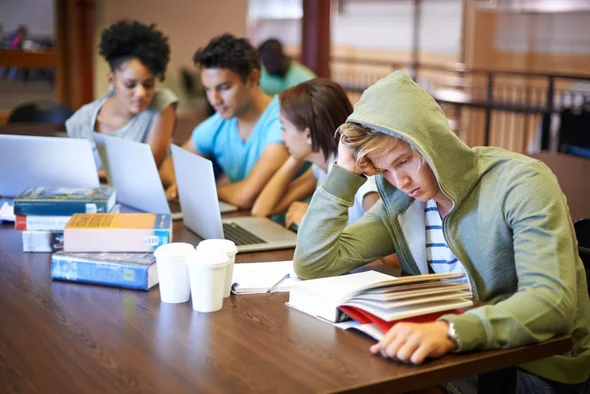Social isolation can be a difficult challenge for students who struggle to function in a group setting. Some students may find group activities and projects overwhelming or intimidating, which can lead to feelings of anxiety, frustration, or disengagement. At the beginning of the year, teachers work, especially in the elementary setting to include many group activities within the instructional day to maximize student learning. When seating charts are designed, students are often placed in groups or small pods for the academic year. While some teachers change these groups to enhance the social experiences for students, some students are excluded due to their behavior. Here are a few strategies that educators and parents can use to support students who struggle with social isolation in a group setting:
- Build relationships: Strong relationships are the foundation of a supportive learning environment. Take time to get to know the student and their interests, and work to build a positive rapport with them. This can help to increase their sense of belonging and encourage them to participate in group activities.
- Provide structure: Some students may feel overwhelmed by the open-ended nature of group activities or projects. Providing clear guidelines, expectations, and deadlines can help to reduce anxiety and increase their confidence.
- Offer social skills training: For some students, social skills training can be a helpful way to build confidence and improve their ability to function in a group setting. This could involve role-playing, practicing communication skills, or learning how to manage conflict.
- Assign specific roles or tasks: Sometimes, students may feel more comfortable and confident when they have a specific role or task to focus on within the group. Assigning specific roles, such as leader, recorder, or timekeeper, can help to structure the activity and provide a clear sense of purpose for each student.
- Use technology: Some students may feel more comfortable participating in group activities or projects online, where they can communicate through chat or messaging platforms. Using technology can provide an alternative way for students to collaborate and work together and may help to reduce anxiety or social pressure.
Overall, it’s important to approach social isolation with empathy and understanding and to work collaboratively to support students who struggle to function in a group setting. By providing structure, building relationships, and offering social skills training, we can help students feel more confident and engaged in group activities and create a more inclusive learning environment for everyone.

